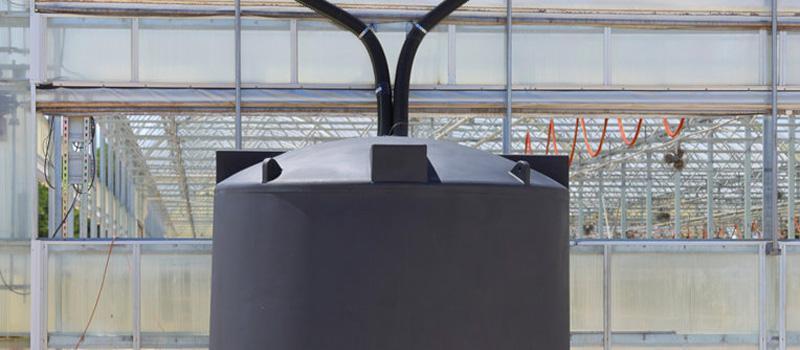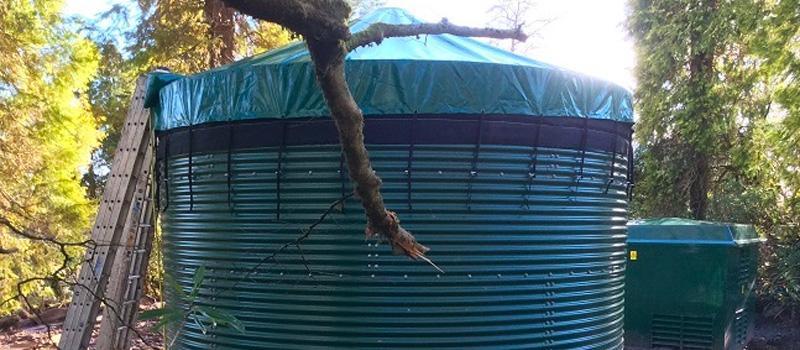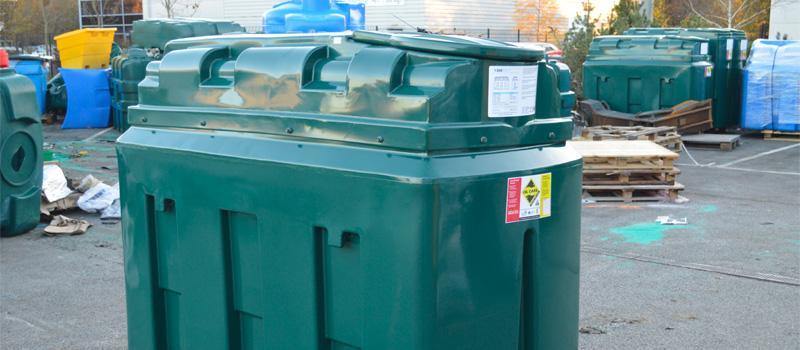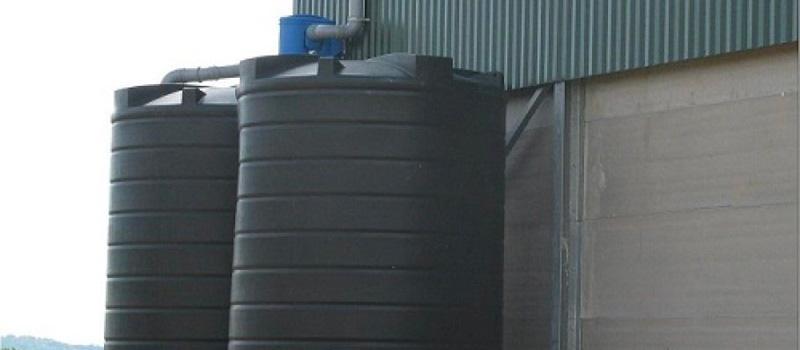Regular cleaning of your water tank is essential if you are to prevent bacteria, algae and other grime building up inside the tank.
All of these can be harmful if not taken care of. Therefore, it is imperative that you follow the correct procedures and processes to ensure both your tank and water is as clean and safe as possible.
Even if you are only using the water for outdoor tasks such as watering your garden, keeping your tank dirt-free and hygienic will preserve its durability qualities and prolong its lifespan.
Step one: Drain your water tank
Open the outlet valve or tap and drain out any remaining liquid by connecting a water hose to the open valve and feeding your hose to the garden (or elsewhere) if possible. This will avoid any wastage of the water left in the tank as it can be used for applications such as cleaning your windows or washing the car. The tank should be emptied as much as possible until the water stops flowing out of the hose.
View our dedicated IBC tippers for draining IBCs
Step two: Clean the inside of your water tank
Use a combination of detergent and hot water to manually scrub the interior surfaces of the tank.
Dependent on your accessibility, this task can also be carried out using a stiff brush, high-pressure jet or water hose. Be extra thorough when cleaning corners and joints so that no small amounts of the original liquid remain. Leave the mixture to sit for two hours.
Step three: Wash & rinse your water tank
Rinse the tank with clean water. This task is best carried out with a high-pressure hose pipe or water jet. Keep doing this until the water coming out of the outlet runs clear. If this equipment is not available to you, then fill the tank with water (preferably hot) and leave it to stand for a few hours. Drain all the water from the tank and collect for safe disposal as before.
Shop our range of pressure washers and supply packs
Step four: Disinfect the tank & The pipes
Use an anti-bacterial spray or liquid bleach for disinfecting the tank and pipes.
This is necessary to ensure that they are decontaminated and free of germs. Fill the tank with water once more and run the liquid mixture through the taps to sterilise the pipes.
Step five: Safely empty the tank and leave for drying
Completely empty the tank and carefully dispose of the disinfecting water as it will contain a high concentration of chlorine. Fill the tank with fresh water, allow to stand for 30 minutes and then flush the entire system again. Make sure you replace the lid properly to prevent any debris falling into your clean tank and leave the tank for drying. After the tank is dry, it is ready for use.
Frequently Asked Questions:
What is the best time of the year to clean my tank?
It is recommended to clean the tank at the end of summer when there is usually very little water left.
How many times a year should I clean my water tank?
Regular water tank cleaning is necessary to maintain the water inside as pure. It is recommended that your water tank undergoes a rigorous cleaning process every six months.
How can I safely dispose of any liquid waste?
Great care must be taken when disposing of all liquids used for cleaning and disinfecting your tank. Letting too much water out at one time can cause erosion or flooding so it is vital the water follows a channel to its final disposal point.
Liquid waste should not be discarded in rivers and ponds as the organic materials and high chlorine levels can destroy fish and plant life. Wastewater should be disposed of to a sewer network, transported in tankers to a sewage treatment plant or placed in a septic tank that overflows into an underground soakage system.
Is it safe for me to climb into my tank?
Climbing into a tank is very hazardous due to the anaerobic atmosphere in a highly restricted space. To climb into a tank in this way you need to be trained and equipped in confined space operations to carry out the job safely.




